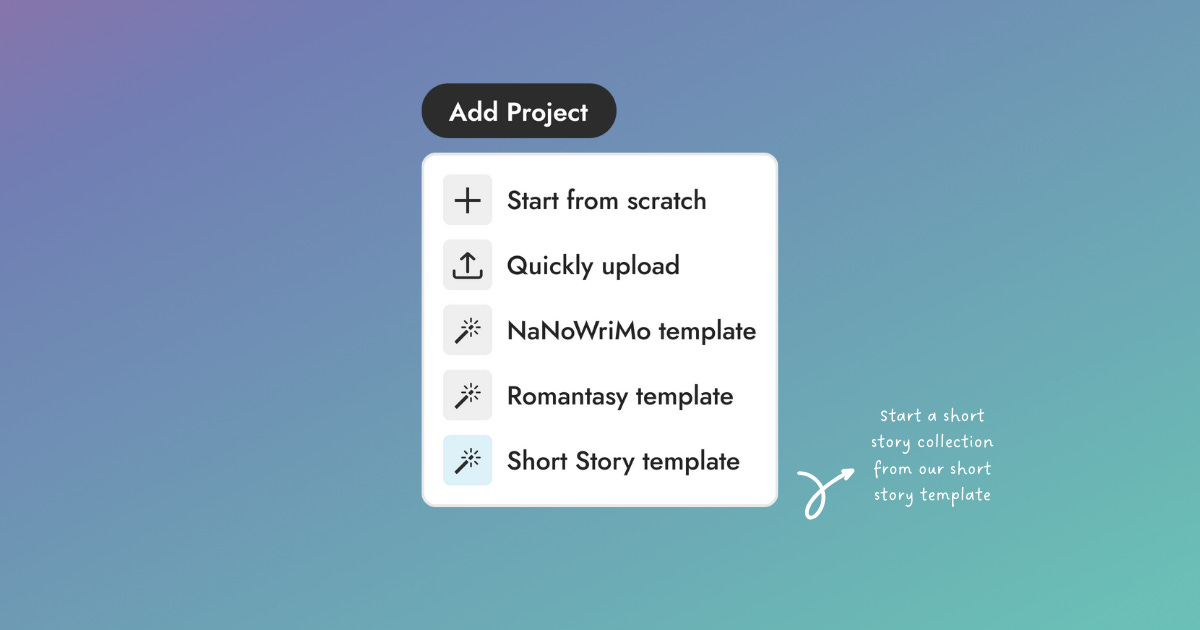Writing short stories in First Draft Pro
Short stories are an excellent way to experiment, hone your craft, or take a break from a larger project
If the idea of starting a novel project seems daunting — or you just need a little brain break from the process without losing any of your writing muscle — a short story project can be a very helpful creative outlet.
It’s also a great way to explore interesting tropes or elements from other genres with a similar flavour profile to your typical genre choice. You could try to blend more horror elements into your fantasy, for example. Or experiment with noir in your mystery.
Stephen King described a short story as “a quick kiss in the dark from a stranger”, but that sounds like a horror story all on it’s own to me. I’d rather imagine the short story as a private cake tasting, an unlocked playground, or a box of those fancy chocolates that come with a booklet of tiny flavour labels.
The Lester Dent formula
Lester Dent is the master of pulp fiction. He's known best for his Doc Savage novel series, and his short fiction formula – which is particularly useful for writing well-paced short stories of around 6000 words.
If you want to dive into this plot structure in greater detail, you can read the guide I wrote on using it here.
If you want the high-level summary, Michael Moorcock wrote a great one:
Split your six-thousand-word story up into four fifteen hundred word parts. Part one, hit your hero with a heap of trouble. Part two, double it. Part three, put him in so much trouble there's no way he could ever possibly get out of it... All your main characters have to be in the first third. All your main themes and everything else has to be established in the first third, developed in the second third, and resolved in the last third.
Using the short story template in First Draft Pro
First Draft Pro’s short story template is based on the Lester Dent structure, and includes guides for writing each of the four parts outlined in Moorcock’s summary.
Here’s a video overview of how to set-up a short story project in First Draft Pro.
My main recommendations are:
Turn off chapter numbering in your project so that each “chapter” acts as a single story, with the chapter title being the story title.
Treat the scene cards as each of the “parts” in your story — so four scene cards per story.
Create a notes folder for each story so that you can easily find reference material when you’re looking for it.
If you’re currently using the free version of First Draft Pro, you can take 50% off the first year on any of our annual plans using the code NEWYEARNEWNOVEL*.
*This offer is for new subscribers only, and expires on the 31st of January 2025.


